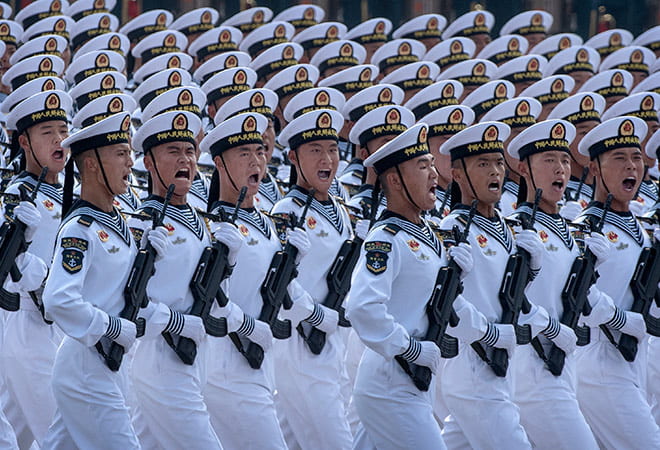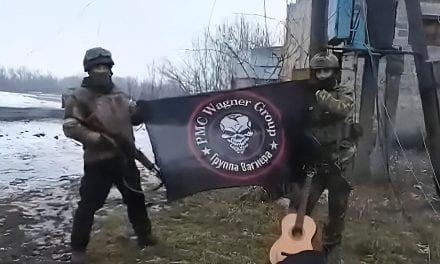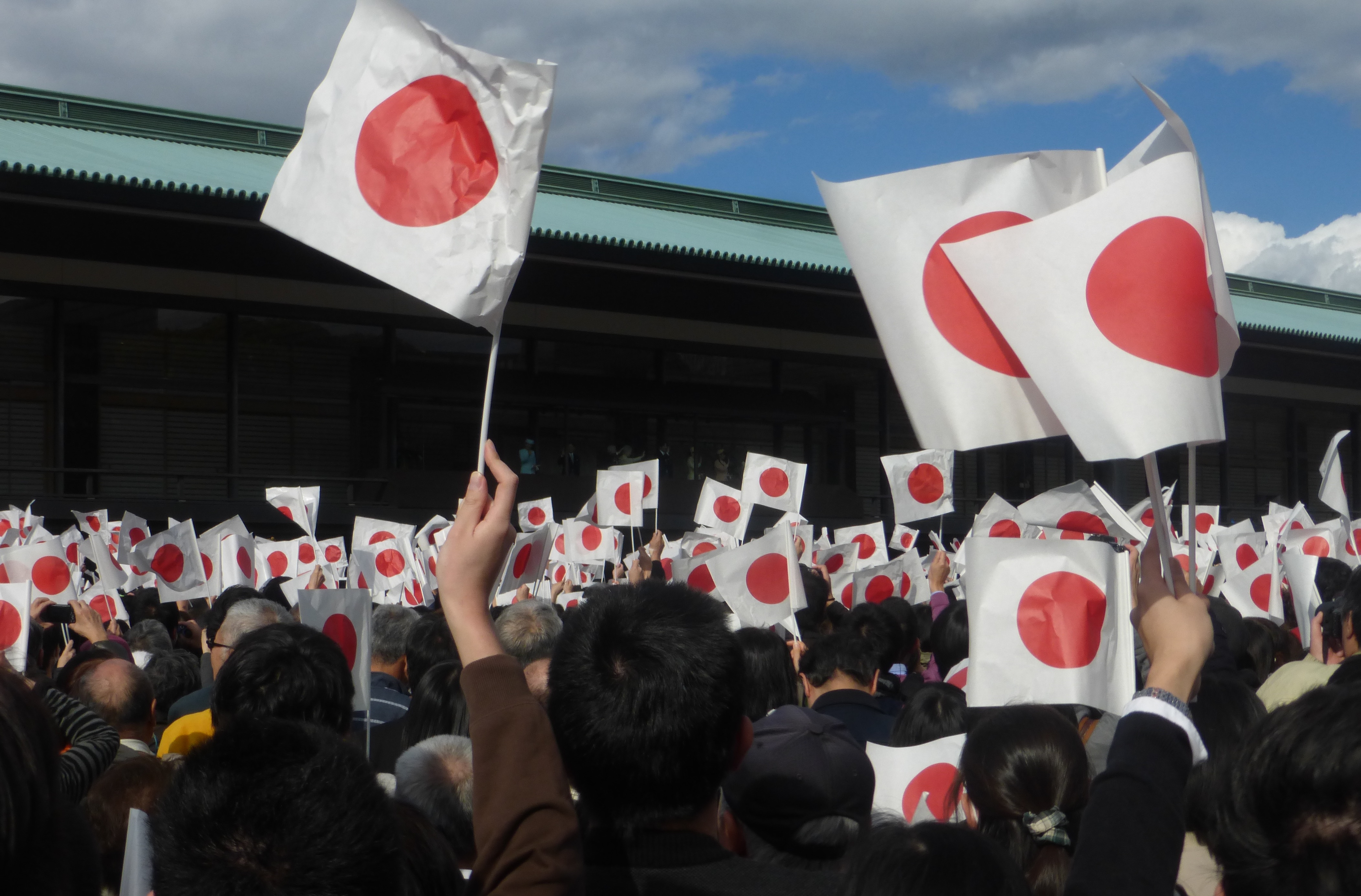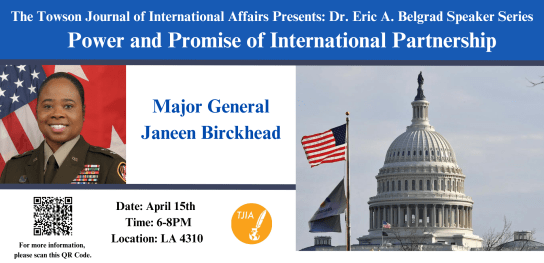In recent years the People’s Republic of China has undergone a notable rise in the arena of global politics. China’s influential growth can be observed in various fields, from their economic partnerships and foreign investments to their participation in intergovernmental organizations. This rise has been met with a significant amount of concern in many other nations, notably the United States and India. These nations have responded through a series of methods attempting to curb China’s growth, such as a boycott on Chinese products in India and a wide set of tariffs on Chinese products in the United States.[1] Additionally, the US and India have been strengthening ties in the hopes of forming a unified effort to contain China, and the two powers have been attempting to coordinate militarily to prevent Chinese dominance of the South China Sea.[2] In response to this, the PRC has been rapidly increasing the size and capacity of their armed forces, the People’s Liberation Army.
The effort to modernize China’s military has been a goal of the government since the administration of Deng Xiaoping, but under the leadership of President Xi Jinping, this focus has become a main priority. President Xi has developed several different strategies as to how this goal can be accomplished, and many of his short-term goals have been reached. Because of the advancements that have been made thus far, the initial date of reaching complete modernization, which had been set at 2049, has since been moved forward to 2035, a rather large leap when it comes to administrative planning.[3] With such rapid advancement, China’s rivals have become concerned, and conflicts have already emerged both militarily and diplomatically. The recent border skirmishes between China and India, as well as the so-called “trade war” China faces with India and the United States, can be seen as reactions against China’s growing military power stemming from their widespread modernization effort. If these powers hope for peace, there must be a mutual effort to shift away from militarization and negotiate terms under which each nation feels that their sovereignty and well-being are secure.
History of the Modernization Effort
The People’s Republic of China was birthed in the aftermath of the Second World War and the Chinese Civil War against the Nationalist forces under Chiang Kai-shek. After the catastrophic destruction caused by these two wars, the PRC was forced to immediately put much of its resources into creating a new military that could prevent such conflict in the future.[4] The People’s Liberation Army (PLA), the armed forces of China, has played a large role in Chinese society since the creation of the People’s Republic, and many resources have been expended so that they could uphold their many duties. Under the administration of Deng Xiaoping, who came to power after the death of Mao Zedong, the modernization of the PLA was made one of the main goals in the Communist Party of China’s long-term planning.[5] The modernization effort, in essence, is the process by which China seeks to update their military technology, infrastructure, and tactics to the degree where they can match and eventually surpass their rival countries.[6] Much of this effort has historically been focused on improving the technology used by the air force and navy, as well as expanding the size of the army.[7] While this process has continued since Deng, the rise to power of Xi Jinping has marked a significant turning point in the modernization effort.
Recent Shifts in the Modernization Process
As president, Xi Jinping has made it a top priority to complete the modernization process and turn the People’s Liberation Army a “world-class force”.[8] Under Xi, the military budget has increased to the largest point in the history of the PRC, and he has made sweeping reforms in regard to the PLA’s organization.[9] Specifically, Xi has decentralized much of the Army’s command and made progress in giving the PLA more of a role in non-military matters, a turn away from Deng’s moves to remove non-military tasks from the PLA’s obligations. Additionally, a larger focus has been placed on expanding the air and naval capabilities of the military, while also boosting the military’s productive and research capabilities. Military production has continued to grow with the increased defense budget, with the main areas of focus being on domestically producing new weapons, ships, and aircraft created through the research initiative.[10]
The push for domestic production of the military’s equipment is a result of decades where the PLA was reliant upon Russia for access to modern weapons and vehicles. Even after the end of the Cold War, China continued to buy much of their equipment from Russia, which held military technology superior to the capabilities of what China could produce. Recently, however, research in military technology has given China an upper hand and increased productive capability has not only lowered their reliance on Russian trade but set them up to overtake Russia in the arms market.[11] This exponential increase in military productivity and technological advancement, coupled with Xi’s systemic reforms to the PLA, has led to much success for the modernization program in recent years. In 2017, Xi Jinping announced that the year by which the PLA would be completely modernized was no longer 2049, but instead 2035.[12] Given the strides that China has taken under this current administration, the lowering of the date for reaching modernization shows how much more of a priority this has been under Xi and the degree to which China has successfully been able to bring the concept of a modern, world-class fighting force into fruition. This success has not gone unnoticed by China’s rivals and neighbors, and recent events show that these countries are becoming worried about China’s rising military strength.
How Military Modernization Has Affected China’s International Relations
In the past few years, China has been locked in a strained relationship with their main economic rival, the United States, and their fastest growing neighbor, India. Donald Trump, since the beginning of his presidency, has taken a firm stance against China and its rising power and sought to temper this growth with a series of tariffs that started a “trade war” between the two powers.[13] Similarly, this year the Indian government sponsored a “Boycott China” campaign for the purpose of fostering Indian industry and lowering their reliance upon China for consumer goods.[14] While these two examples show a hostility towards China’s economic growth on behalf of the US and India, they also signal a fear of China’s growth as a continental power and a fear that China may seek to become a global military force similar to the United States.[15]
Aside from sanctions and boycotts, the American and Indian militaries have been mobilized to counter China’s military growth. The United States has sought to increase its naval and air presence in the South China Sea and the Indian Ocean in order to counter China from establishing dominance over these nearby waters, particularly in regard to protecting Taiwanese sovereignty.[16] In the past, this strategy worked, but as the PLA’s naval and air capabilities increase, these waters have become much more contested, and it is possible that China will firmly establish a presence in the area and demand that the United States withdraw. In June 2020, a long-standing border dispute between India and China resulted in a skirmish that left soldiers dead on both sides, leading to fears of further military conflict between the two rivals.[17] While both of these cases can be seen as results of ongoing tension over disputed territories, the growth of the PLA and its capabilities has proven to put other nations on edge, and an increasing frequency of disputes coupled with economic and diplomatic sanctions could very likely threaten peace in the region.
Conclusion
The modernization of China’s military, the People’s Liberation Army, has been an ongoing effort of the Communist Party of China since the leadership of Deng Xiaoping. Under the leadership of Xi Jinping, the modernization effort has been given significant priority, and his reforms of the PLA’s organization and role in society, as well as a huge boost to military productive capabilities and new technology, have been done for the sake of making the PLA a “world-class force”. This focus given by Xi has given the PLA a significant edge in the region, and the projected growth of the PLA into the future has put many of China’s rivals on edge. Recent disputes between China and India, as well as rising economic and territorial tensions between the US and China, signal that these powers are willing to show force in order to keep China from using the PLA to expand their regional power. This has created a tense situation that could very likely threaten peace in the region. Seeing as how China is unlikely to halt their goal of becoming a world-class military force, their rivals can either negotiate with China terms that will demilitarize contested regions, or they can continue to increase their own military presence in the hopes that this eventually dissuades China. The latter of these plans is unlikely to work and will only create an even more tense situation that could lead to war. If, however, these powers seek to maintain peace, they should strive to negotiate with the Chinese government and establish fair territorial boundaries that uphold national sovereignty and do not give strategic superiority to any of the nations involved. The situation between these three main powers remains tense due to the perceived threat that each nation feels the other poses. India and China both seeing the other as rising powers that seek to establish a solid sphere over all of Asia. The United States fears that China threatens their status as the sole superpower, and China fears that the US seeks to halt their overall progress and national sovereignty.[18] In order to quell these fears, fair agreements must be made to ensure each nation’s prosperity and feeling of sovereignty. The alternative is a continuation of decades of rising tensions that could end with conflict that would potentially have devastating effects.
Bibliography
[1] Rapoza, Kenneth. “India Goes All In On ‘Boycott China’.” Forbes, Forbes Magazine, 10 July 2020, www.forbes.com/sites/kenrapoza/2020/07/10/india-goes-all-in-on-boycott-china/.
[2] Verma, Pranshu. “In Wake of Recent India-China Conflict, U.S. Sees Opportunity.” The New York Times, The New York Times, 3 Oct. 2020, www.nytimes.com/2020/10/03/world/asia/india-china-trump.html.
[3] McCauley, Kevin. “The PLA Accelerates Modernization Plans.” Jamestown, 12 Jan. 2018, jamestown.org/program/pla-accelerates-modernization-plans/.
[4] Cooper, Cortez A. “The PLA Navy’s ‘New Historic Missions.’” RAND Corporation, June 2009.
[5] Chuter, Andrew. “30 Years: Deng Xiaoping – Enabling China’s Rise.” Defense News, Defense News, 8 Aug. 2017, www.defensenews.com/30th-annivesary/2016/10/25/30-years-deng-xiaoping-enabling-chinas-rise/.
[6] Mastro, Oriana S. “China’s Military Modernization Program.” American Enterprise Institute, 4 Sept. 2019.
[7] Ibid.
[8] “China’s Modernizing Military.” Council on Foreign Relations, Council on Foreign Relations, www.cfr.org/backgrounder/chinas-modernizing-military.
[9] Ibid.
[10] Ibid.
[11] Farley, Robert. “Russia vs. China: The Race to Dominate the Defense Market.” The National Interest, The Center for the National Interest, 13 July 2015, nationalinterest.org/feature/russia-vs-china-the-race-dominate-the-defense-market-13316.
[12] McCauley, Kevin. “The PLA Accelerates Modernization Plans.” Jamestown, 12 Jan. 2018, jamestown.org/program/pla-accelerates-modernization-plans/.
[13] Rachman, Gideon. “A New Cold War: Trump, Xi and the Escalating US-China Confrontation.” Subscribe to Read | Financial Times, Financial Times, 5 Oct. 2020, www.ft.com/content/7b809c6a-f733-46f5-a312-9152aed28172.
[14] Rachman, Gideon. “A New Cold War: Trump, Xi and the Escalating US-China Confrontation.” Subscribe to Read | Financial Times, Financial Times, 5 Oct. 2020, www.ft.com/content/7b809c6a-f733-46f5-a312-9152aed28172.
[15] Marcus, Jonathan. “The ‘Globalisation’ of China’s Military Power.” BBC News, BBC, 13 Feb. 2018, www.bbc.com/news/world-asia-china-43036302.
[16] Cole, J. Michael. “The US-Taiwan Relationship Is Flourishing, and China’s Isn’t Happy about It.” Business Insider, Business Insider, 3 Oct. 2020, www.businessinsider.com/as-the-us-taiwan-relationship-flourishes-and-chinas-isnt-happy-2020-10.
[17] Gettleman, Jeffrey, et al. “Worst Clash in Decades on Disputed India-China Border Kills 20 Indian Troops.” The New York Times, The New York Times, 16 June 2020, www.nytimes.com/2020/06/16/world/asia/indian-china-border-clash.html.
[18] Costa, Ana Nicolaci da. “How the World Is Grappling with China’s Rising Power.” BBC News, BBC, 26 Oct. 2018, www.bbc.com/news/business-45948692.







